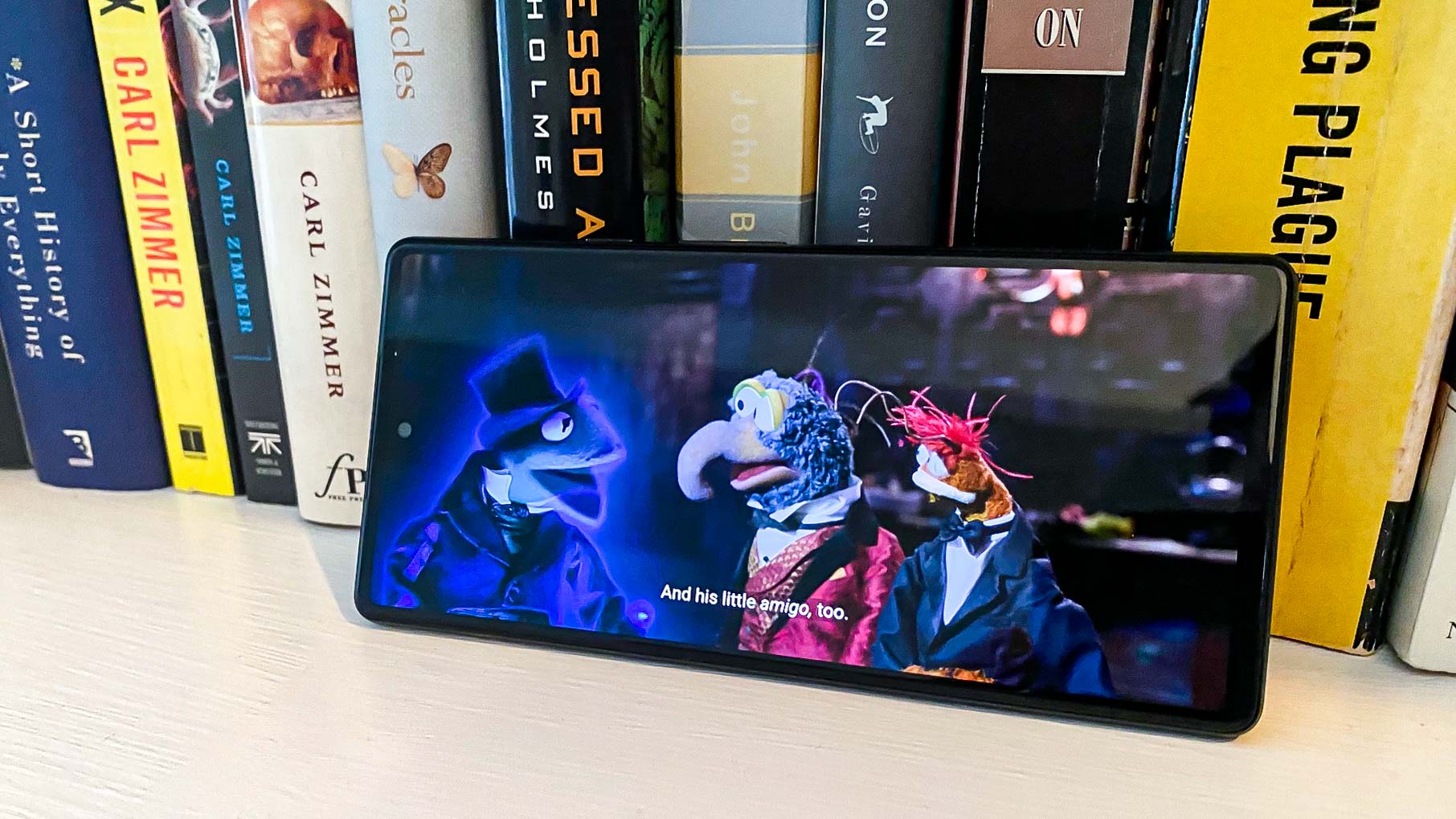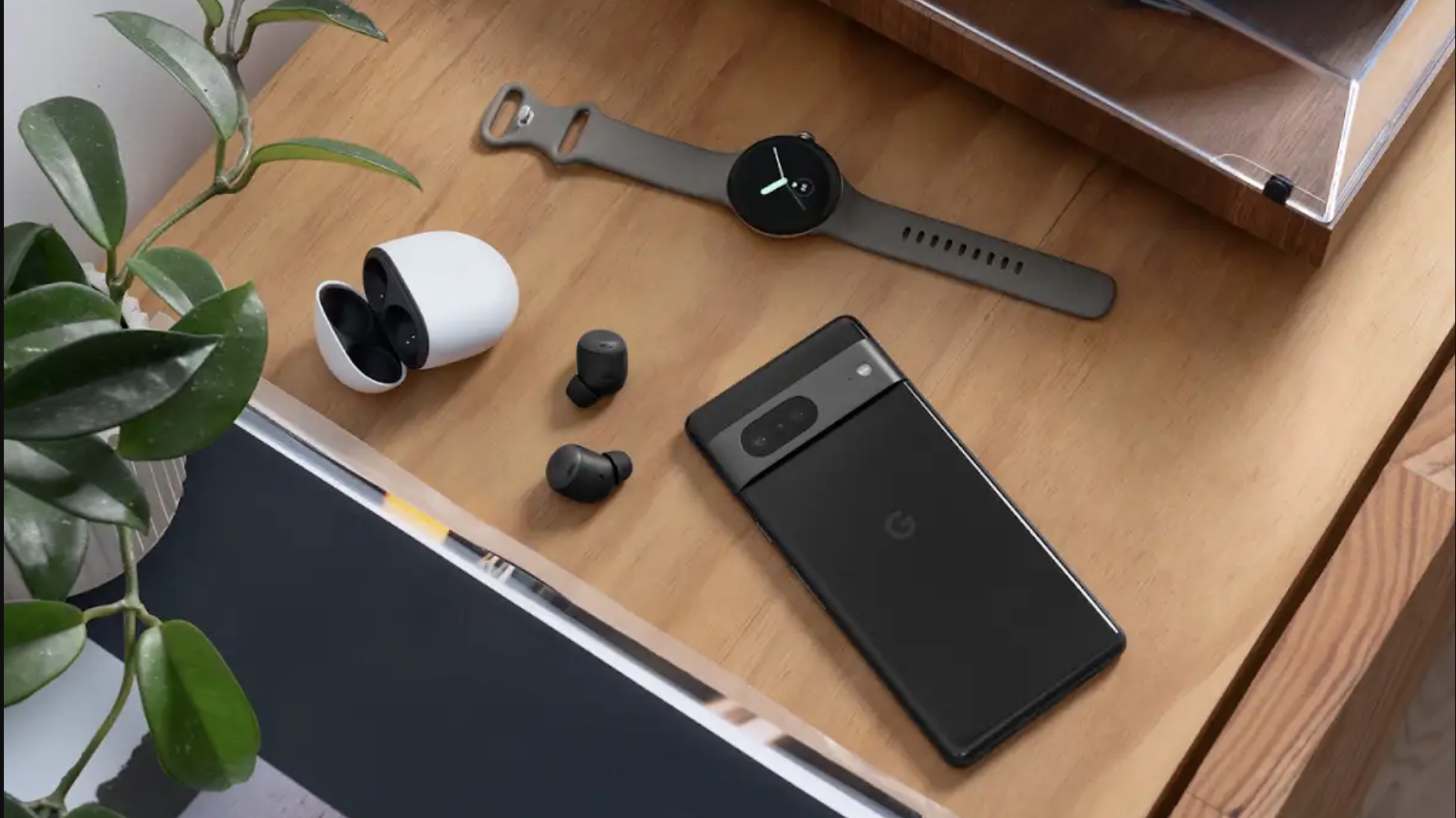Google Pixel 7’s most critical feature — what Tensor G2 brings to the table
There’s not much mystery surrounding the big reveal of the Google Pixel 7 this Thursday (October 6) — and that’s not only because Google has already shown us what it’s new phones will look like or because Pixel 7 specs have leaked in advance of the event.
Rather, it’s because it’s very clear what the make-or-break feature for both the Pixel 7 and Pixel 7 Pro will be — the next-generation Tensor silicon which Google has said it will use to power its new flagships.
“Google itself has disclosed key design elements of the Pixel 7,” said Avi Greengart, founder and lead analyst at Techsponential. “So the real surprises will come in terms of new software and details on the Tensor 2’s power, efficiency, and any unique attributes.”

Tuong Nguyen, a director analyst at Gartner, puts it another way: “For all Google hardware events, I believe hardware is a means to an end. Therefore, I’m focused on the features and applications that are enabled by the device, rather than the hardware itself.”
And that’s going to be the key takeaway when Google officially shows off the new Pixel 7 models on the same day that Pixel 7 preorders get underway — just what will the Tensor G2 chipset powering this year’s phones enable that other smartphones can’t do?
Google Tensor’s debut
If that wounds like a familiar question, it’s the same one Google was facing last year with the Pixel 6 launch. After years of turning to Qualcomm for the silicon that powered its phones, Google opted to go with its own chip design starting with the 2021 flagships.
Enter the first Tensor chip, which was notable for its Tensor Processing Unit (TPU). That’s the part of Google’s silicon that taps into the company’s machine learning expertise to power a bunch of features designed to set Google phones apart from the crowd.

And you could easily argue that Tensor delivered on that promise. Features like Magic Eraser — which easily removes unwanted people and objects from your photos — made the Pixel 6 worth price of admission. And that’s before we rattle off a host of other Tensor-powered features like the Pixel’s ability to help you navigate phone trees with text menus or do on-device translation and transcription on the fly.
To put it another way, Apple and Samsung remain the dominant players in the smartphone market — a status that’s unlikely to change any time soon. But Tensor-powered features do give Pixel phones unique capabilities. Combine that with Google’s well-earned reputation for including superior camera features on its phones — which Tensor can help with, as Magic Eraser proves — and the Pixels could emerge as handsets that deserve a second look from shoppers.
Tensor G2 and Pixel 7 performance
Improving hardware performance is table stakes. It can and will get better.
— Tuong Nguyen, Gartner
With Google putting so much focus on Tensor’s TPU, performance took a back seat with the Pixel 6. Certainly, Google’s silicon has proven no match for the A15 Bionic chipset that powers the iPhone 13 and iPhone 14 let alone the A16 Bionic inside the iPhone 14 Pro. But Tensor has a hard time keep upping with the Snapdragon 8 Gen 1 found in many of the top Android flagships.
The Galaxy S22, powered by the Snapdragon 8 Gen 1, posts a multicore score of 3,348 on Geekbench 5, which clearly outpaces the Pixel 6’s 2,696 result on the same test. The difference is also stark on graphics where the Galaxy S22’s 60 frames per second result in 3DMark’s Wild Life Unlimited benchmark nearly laps the Pixel 6’s 34 fps result.
The Pixel 6 Pro turns in slightly better numbers, but not enough to close Tensor’s gap with the Snapdragon 8 Gen 1. And that performance gap has only widened since, as Qualcomm’s Snapdragon 8 Plus Gen 1 now powers phones like the Galaxy Z Fold 4, which handily outperforms last year’s Pixels.
“The first Tensor chip performed better than I expected for a 1.0 effort, so I’m curious to see if Google really pushes the envelope relative to Apple, Qualcomm, and MediaTek,” Greengart said.

There’s a downside to doing that, though, as it can increase the component costs of a phone. “Add enough to a die, and it gets pricey, especially if Google can’t get volume discounts of other semiconductor designers,” Greengart added.
Perhaps that explains why leaked benchmarks for the Tensor G2 don’t hint at big gains for this year’s phone. Those results showed only a modest improvement in CPU scores for a listing matching the Pixel 7 Pro’s description — not surprising since that same listing indicated the CPU has the same mix of Cortex cores, only with improved clock speeds.
If there’s an encouraging sign, that could mean the Tensor G2 runs more efficiently than its processor, improving battery life — a big weak spot for the Pixel 6 family. And it sounds as if Google is going with an improved GPU for its new chipset that promises better graphics performance.
“Improving hardware performance is table stakes,” Nguyen said. “It can and will get better.”
As for concerns about how that might impact the cost of the Pixel 7 phones, rumors suggest we’ll see the same $599 and $899 prices Google charged for the Pixel 6 and Pixel 6 Pro, respectively.
Tensor G2’s potential Pixel 7 features
But that still leaves a big question unanswered: What will the Tensor G2 do that the Tensor inside the Pixel 6 cannot?

Google has already show a propensity to tweak features introduced with the original Tensor chipset. With the Pixel 6a, for example, the company updated Magic Eraser to let the photo editing tool change the color on potentially distracting objects. That feature made its way to the Pixel 6 and Pixel 6 Pro via a software update.
A leaked feature points to two potential Pixel 7 camera capabilities that sound like they’re Tensor-powered. One of the rumored additions, Movie Motion Blur, sounds like a portrait mode for video capture, not unlike the Cinematic Mode Apple introduced with last year’s iPhone 13. The other, Macro Focus, is allegedly a Pixel 7 Pro exclusive that will let the ultrawide angle lens capture macro photos.
As other potential Tensor capabilities coming with the Pixel 7, the rumor mill is silent. But that’s part of the fun of watching the Made by Google event on October 6, especially with so many of the Pixel 7’s other specs revealed via leaks.
Potential Tensor-powered features are also important because they could ultimately persuade more smartphone shoppers to give Pixel phones a try. And that could be crucial to the product’s long-term future. “I think Google would consider continued volume growth in the current macroeconomic environment a success, but for Pixel to make sense for Google over the long term, it has to be more than a proof of concept or vanity project,” Greengart said. “It has to be at least somewhat profitable.”
For all the latest Technology News Click Here
For the latest news and updates, follow us on Google News.
